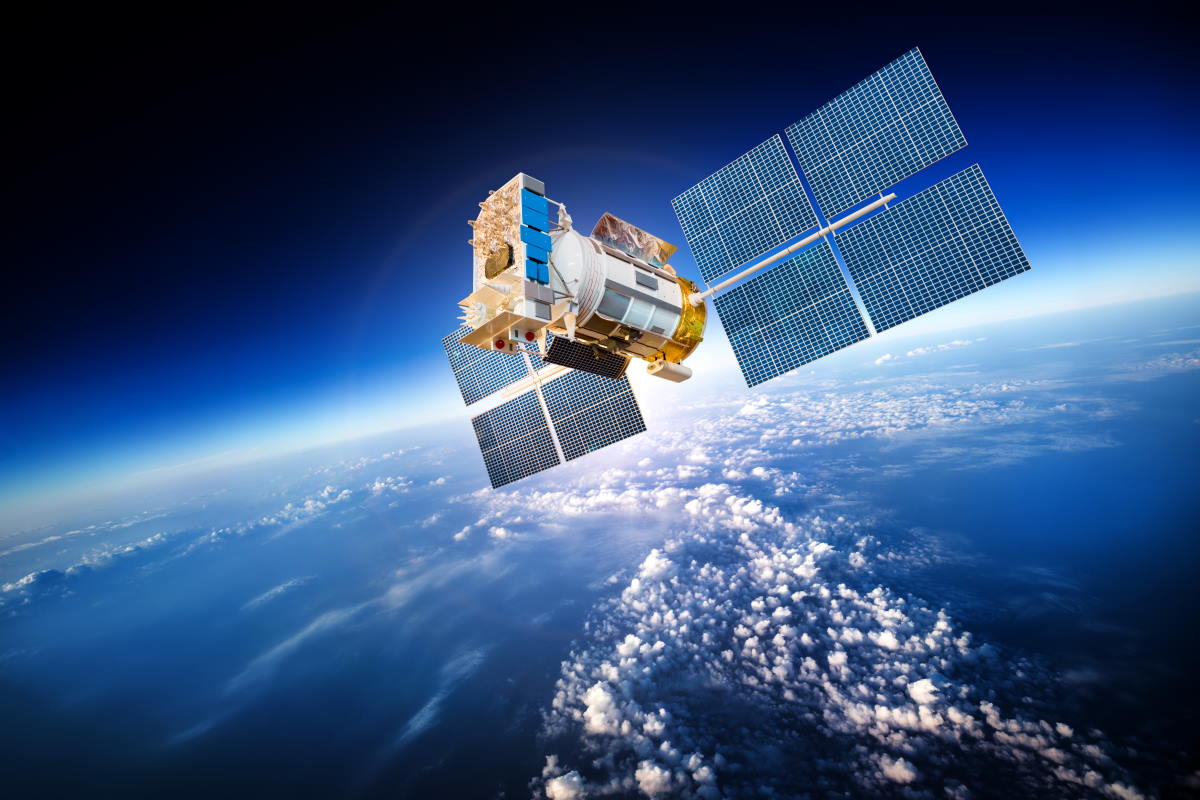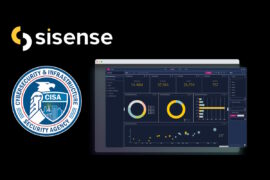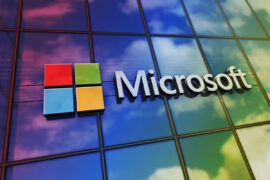Space-based systems need to be protected from cyber attackers, as dependence on them grows

Satellites are emerging as a new and extremely valuable target for cyber attackers, with navigation systems, TV broadcasts, weather and climate monitoring, military communications, and IoT devices relying on space-based systems.
The heightened threat landscape comes as growing ‘dependence on them is increasing each day,’ Dr. Frank Schubert, aerospace security expert at Airbus Cybersecurity, wrote in a company blog post on Monday.
Any organization that deploys satellites or relies on space-based systems can be affected, according to Schubert. “It’s a common misconception that cyber attacks on satellites only affect governments or military and security forces. In fact, our whole society depends on space-based systems. For instance, communications in remote areas, GPS navigation systems and even power grids (which use satellite navigation for synchronisation) could be entirely knocked out by a successful attack,” he added.
Earlier this month, U.S. Senators Gary Peters, a Democrat from Michigan and chairman of the Homeland Security and Governmental Affairs Committee, and John Cornyn, a Republican from Texas, introduced bipartisan legislation that called upon the Cybersecurity and Infrastructure Security Agency (CISA) to provide cybersecurity resources to commercial satellite owners and operators. Commercial satellites provide data and information used for, among other things, navigation, agriculture, technology development, and scientific research.
“Industrial Control Systems – the technology involved in operating critical infrastructure networks like pipelines, and water and electric utilities – are also heavily reliant on commercial satellites,” according to a media statement released by the legislators. “The senators’ legislation will help ensure these systems – which are critical to our national and economic security – are secure from online attacks,” they added.
Schubert said a satellite cyber attack can cover both the physical and cyber world. “Such attacks usually have one of three purposes, to ex-filtrate data (break confidentiality), tamper with data (break integrity), or disrupt a service (break availability). In the physical world, this might involve jamming and spoofing satellite navigation signals. In the cyber world, it could mean quietly intercepting unprotected data,” he added.
Cyber-physical attacks that were previously mostly possible by nation-states can now be performed by hacktivists, insurgents, and even interested lay people, according to Schubert. “This is because the equipment needed, such as high-frequency modems and transceivers, are now relatively cheap and easily available,” he added.
The CISA has established a cross-sector space working group that is performing an assessment of risks to both federal and commercial space infrastructure, Bob Kolasky, the agency’s assistant director, said in November. CISA’s primary concern is mitigating cyber risks to position, navigation, and timing (PNT) services and GPS, he added.
Last June, another bipartisan bill was introduced in the U.S. Congress that would direct the Secretary of Homeland Security to issue guidance to designate space technology, including systems and services, as critical infrastructure. The bill titled ‘Space Infrastructure Act’ sought to identify space as a dedicated sector of critical infrastructure, ensuring security analyses of assets like satellites in orbit, launch systems on the ground, manufacturing plants, communications devices, supply chain, and information technology.
Evidently, there is a growing need for the protection of space-based systems. Schubert said that the safeguards required depend very much on a satellite or space mission’s purpose. In each case, it’s crucial to undertake a thorough risk analysis, evaluating all possibilities. The worst-case scenario differs for any mission.
“What is universal however, is the need to integrate cyber security into the design process of all space-based systems. Increasing convergence between IT and OT, as well as the long lifecycles involved, make these platforms highly vulnerable. As such, satellite cyber security must be considered across all segments – space, ground, user and link,” he added.
Schubert also focused on the importance of training staff in this sector and how to react in case of a satellite cyber attack. “This can be the difference between an unfortunate outcome and a catastrophic one. Realistic exercises, maybe involving gamification elements can lead to a deep understanding, self-awareness and instincts of the professionals operating critical systems,” he added.










